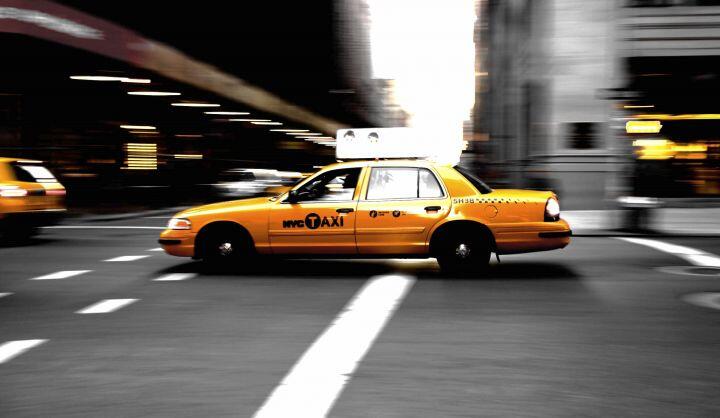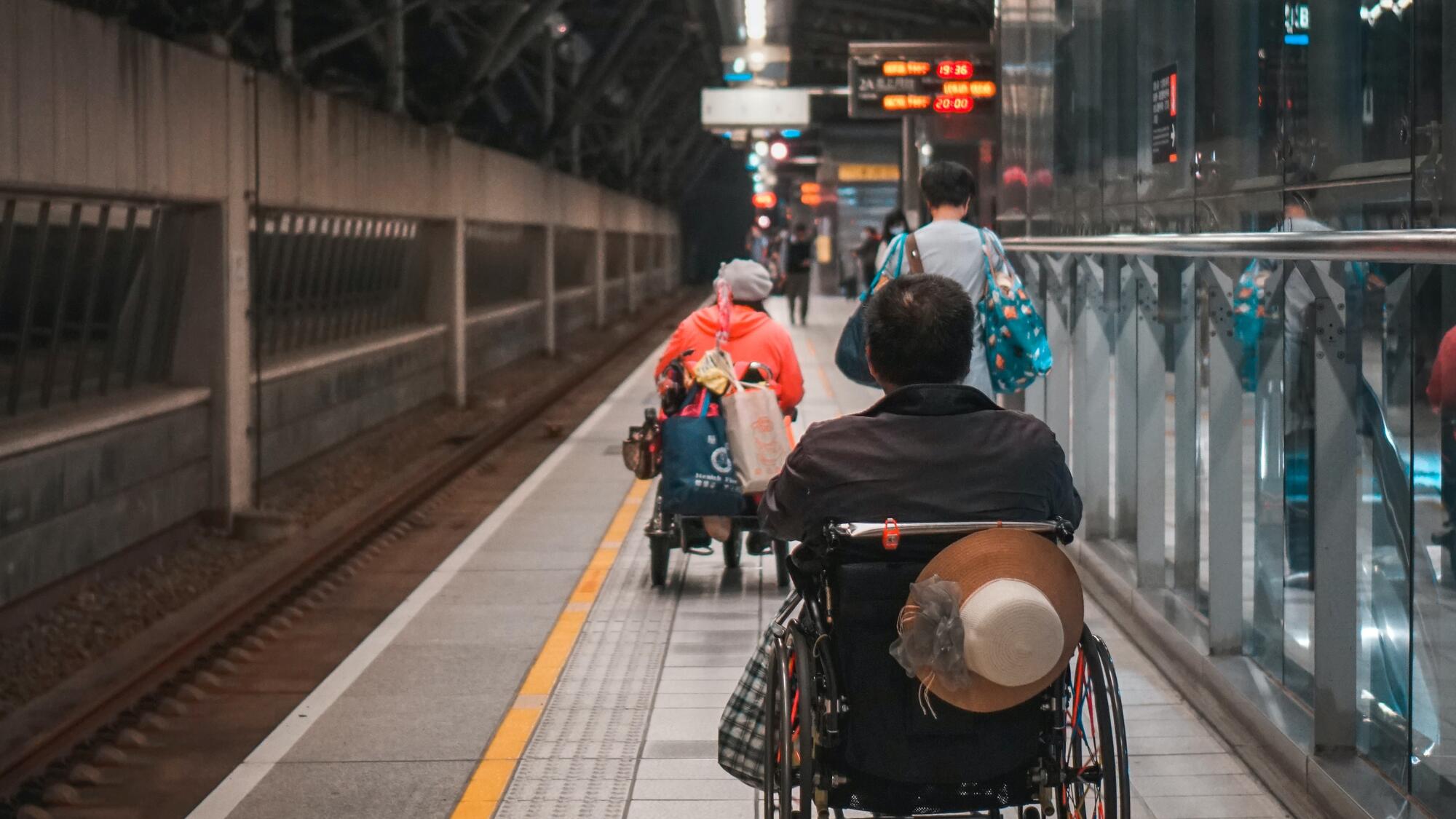- November 25, 2019
- Mobility
By the time Meera Joshi stepped into her role as the Commissioner of the New York City Taxi and Limousine Commission (TLC) in 2014, overseeing the largest private for-hire ground transportation industry in the United States, ride-hailing service Uber had been operating for more than a year, although at small scale, and Lyft was due to arrive onto the city’s transportation scene by the end of the year.
Unlike other cities where these services operated under a distinct custom category, in New York City, Uber and Lyft were required to comply with the licenses structure for the for-hire-vehicle sector, commonly known as black car services, community car services, or limousine services. Uber complied from initial entry in 2011, but in July 2014, Lyft attempted to launch service in NYC outside of the regulatory framework and was immediately served with cease-and-desist letters from the Department of Financial Services. Only after agreeing to use drivers and vehicles vetted and registered by TLC, and meeting all other requirements of the for-hire industry, Lyft was able to operate as a ride-hail service through NYC and its boroughs.
Suddenly, Joshi went from being in charge of a department that monitored about 40,000 for-hire vehicles to a fleet that reached 130,000 by 2018. To Joshi, this upsurge in volume meant that TLC had to be more cognizant of and accountable for the vehicles driving the city’s streets. This meant an overhaul to the way TLC had been approaching data.
Starting in 2006, then-mayor Mike Bloomberg required that all yellow taxis have GPS installed, providing the city with a collection of data points: pick-up and drop-off location, taxi number, amount of fare, on-duty and off-duty time stamps, as well as GPS pings from the car’s route every 30 second

As a result, by the time Lyft and Uber swept into New York City, TLC already knew the value of transportation data. “We had a standard of data and knew how valuable the information could be for traffic planning and the driver’s welfare, as well as safety, general enforcement and accountability,” said Joshi at a mobility conference in early October.
Before companies like Uber and Lyft joined, the for-hire-vehicle sector was low volume and had no data submission requirements. Each for-hire base, or company, was responsible for its own vehicles and drivers, and would only use others pursuant to an explicit agreement with another base. Though this limitation was not actually required by rule, it was a longstanding practice.
Both Uber and Lyft saw the benefit of breaking with this tradition and sending to work all drivers, not just an agreed-upon few. The incumbent industry vehemently opposed this flexibility. The TLC’s view was that it should allow the drivers as independent contractors to have as much freedom as possible in getting work; the agency’s role was simply to ensure accountability for who was driving, what vehicle, and what company sent the dispatch. So TLC allowed Uber and Lyft the freedom to send trips to the entire driving pool and in exchange required the for-hire industry, new and old, to start providing data points about this transportation.
“When you’re not moving as many people, you’re not getting the regulators’ attention because their risks aren’t as high,” explained Joshi. “Once Uber and Lyft entered and the passenger pool grew, the responsibility of the city for the safeguarding of this method, which is now moving lots and lots of people around, became heightened.”
“We needed [data] to be more accessible, so that the companies were accountable for the drivers and vehicles they were sending out. And so, in order to give drivers the flexibility that they needed to earn a living as independent contractors without the protection of employment, we use data as a way to provide the city with accountability,” said Joshi.
With the new data and registration regulations in place, TLC was able to utilize the data to improve public safety and accountability. “It gave the companies more flexibility with access to drivers and it gave the drivers more flexibility to access streams of income. So the irony is, the data obtained by the city is portrayed by companies as their means for enforcement—and there certainly is enforcement that goes along with providing data to a city,” said Joshi. “But it's also a way for the city to have a lighter touch on regulation without betraying the responsibility to maintain standards and accountability.”
When it came to improving the safety of a large fleet, the data collected from Uber and Lyft’s individual trip records empowered TLC to use data queries rather than officers in the street, a practice far more effective and far-reaching. “It is very difficult for a city agency to maintain safety standards—and safety standards means the driver's not suspended, the vehicle’s not suspended, the driver doesn't have too many moving violations, the driver has taken their drug test,” said Joshi. “You can only do that through the data runs and knowing who is in what vehicle and if they are actually out there on the street providing service.”
A specific use case of using data to improve public safety is TLC-registered drivers running red lights. Cameras will capture the license plate of any vehicle that runs a red light, but it is the TLC trip record data that allows the agency to identify the driver. And because ride-hailing service drivers are held to a higher standard as professional drivers, a TLC-registered driver who has run a red light faces a harsher punishment than a standard motorist. The driver who is running a red light puts their ability to continue to operate in that industry at risk, explained Joshi.
Among other policy initiatives responding to the Uber and Lyft era of transportation in NYC, Joshi and TLC were able to cut down on driver fatigue by setting limits on passenger hours, monitoring how many hours a driver has been operating on the road, penalizing drivers for going over the limits, and penalizing the companies for continuing to send drivers out past the point of fatigue.
“On the policy side, it's a cornucopia of different individual efforts you make to create a higher safety standard,” said Joshi. “You can never tell when it comes to street safety what the actual cause or reduction of fatalities is. But the truth is, 2018 fatalities were lower than 2017, and it looks very much like 2019 fatalities will be even lower than 2018—this is all while the number of drivers, vehicles and trips has been growing. So it's bucking the trend.”
Another continuing problem in the ride-hailing industry across the country is driver pay, which cities struggle with protecting as the companies notoriously pay their drivers so little that making a living as a contracted driver is untenable. This is especially troublesome in cities where city governments do not collect data on the ride-hailing services, explained Joshi. For example, both the city of Seattle and the city of Los Angeles are embarking on driver pay protection studies, but they don’t currently get relevant data so they will have to collect it to evaluate the types of protections that need to be put in place.
“It's a great step forward recognizing the issue, but they're really caught, because they have no data on which to base what the pay scale should be, and how it should be formulated in a way that works for drivers that are paid by the trip,” said Joshi. “Whereas in New York, with TLC’s data, the agency can benchmark where the status of driver pay is now, which turned out they were 96% below minimum wage, which creates the need for action.”
In December 2018, TLC’s commissioners voted to set the first minimum pay rate in the nation for app-based drivers, in addition to setting a one-year cap on licenses for new vehicles. The new regulations call for a minimum of $27.86 per hour, which comes to $17.22 after expenses and is equivalent to $15 per hour for an independent contractor with paid sick leave and payroll taxes. A TLC-commissioned study had found that most drivers earn about $11.90 per hour, and the new rules would mean an increase of approximately $10,000 per year.
The minimum pay rate went into effect in January and the one-year cap on new vehicles went into effect in August, allowing TLC to pause the rapid growth of ride-hailing vehicles and further study how to make ride-hailing more feasible for the city’s residents and its drivers, and tackle the congestion problem in the city that has been exacerbated by the popularity of ride-hail services.
Joshi, who stepped down from her position as Commissioner of TLC in March and is currently a NYU Visiting Scholar at the Rudin Center for Transportation Policy and policy advisor for Remix, remains hopeful about the use of transportation data in continuing the work she started at TLC.
“It doesn't matter where you go, there are all the same issues. The biggest challenge is, the services are popular, they're in cities, and they’re not going anywhere. And cities need to figure out how to effectively deal with problems that have cropped up with that popularity: congestion, safety, access and driver pay protection,” said Joshi. “It's occurred to me the more I speak about this topic that the safety stuff is at the forefront. And it really is remarkable how much the city can raise the safety standards of the quality with drivers and vehicles on the street, through data enforcement. This is something that I think more cities should have the ability to use.”





